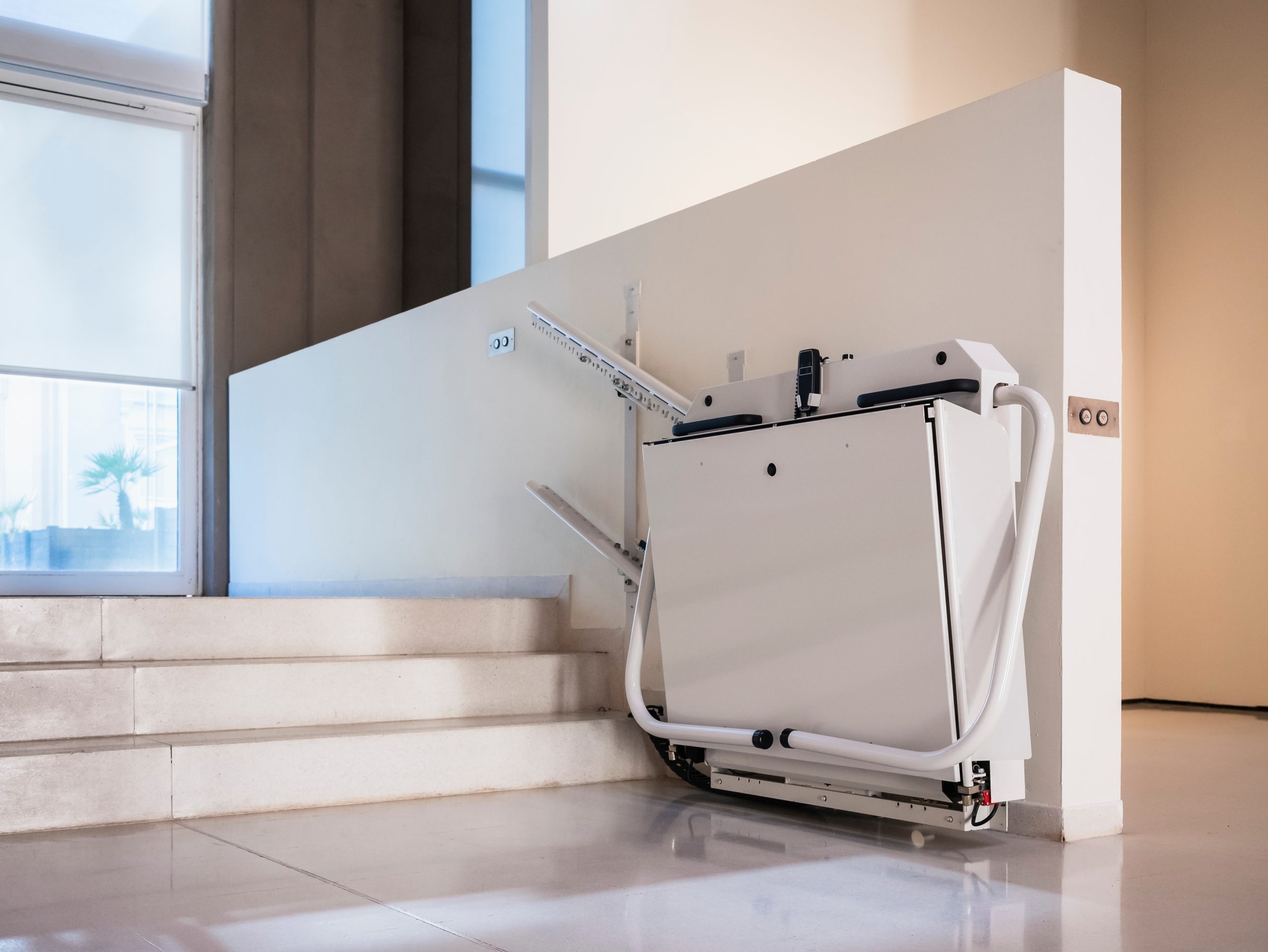If sitting down or standing up has become a daily struggle, a lift chair might be the solution you’ve been looking for. Designed to provide both comfort and assistance, lift chairs offer powered lifting and reclining features that support individuals with mobility challenges—without sacrificing the cozy look of traditional furniture. Whether due to aging, surgery recovery, or physical limitations, these chairs can restore a sense of independence and greatly improve daily life at home.

What Makes a Lift Chair Different?
A lift chair looks much like any standard recliner, but it includes a built-in motorized system that gently raises the entire chair forward to assist users in standing up. At the push of a button, the user is lifted into a near-standing position, minimizing strain on the knees, hips, and back. Most models also include multiple recline settings, allowing users to relax, nap, or even sleep in their chair. This dual function—comfort and mobility assistance—makes lift chairs ideal for people managing limited movement.
Who Benefits Most from Lift Chairs?
While they’re especially popular among older adults, lift chairs benefit anyone who finds standing up or sitting down painful or difficult. They’re often recommended for individuals with arthritis, Parkinson’s disease, multiple sclerosis, balance issues, or chronic back pain. People recovering from surgery, such as hip or knee replacement, may also find that a lift chair speeds up recovery by reducing strain during movement. Even those with fatigue-related conditions like long COVID or fibromyalgia can appreciate the daily convenience of a lift assist.
Types of Lift Chairs
Lift chairs come in three main types: two-position, three-position, and infinite-position. A two-position lift chair offers limited recline—typically around 45 degrees—making it suitable for light relaxation and watching TV. Three-position models recline further, close to flat, and are great for reading, napping, or general lounging.
Infinite-position lift chairs take things a step further. They use two separate motors to allow the backrest and footrest to operate independently. This means you can fully recline or assume a “zero gravity” position, which elevates the legs to reduce pressure on the spine and improve circulation. Some high-end models even support the Trendelenburg position, where the feet are higher than the heart—a medically beneficial position for certain users.
What to Look for in a Lift Chair
The best lift chair is the one that suits your body, space, and lifestyle. First, consider the size and fit. Chairs come in various widths, heights, and seat depths to accommodate different body types. A petite person will be uncomfortable in a wide, deep seat just as a taller user will feel cramped in a compact model.
Weight capacity is another important factor. Standard chairs typically support up to 300 pounds, but heavy-duty or bariatric models can handle 500 pounds or more, offering extra durability and safety for larger users.
The upholstery material will also influence your experience. Faux leather is easy to wipe clean, making it a practical choice for households with pets or those who eat in their chair. Fabric and microfiber are softer and more breathable, offering added comfort. High-performance fabrics resist stains and are ideal for everyday use.
Popular Features to Consider:
Heating pads and vibration massage to ease muscle tension
USB ports for charging phones or tablets
Cup holders and storage pockets for added convenience
Battery backup systems for power outages
These features aren’t just luxury—they enhance usability, especially for users who spend a lot of time in their chair.
How Much Should You Expect to Spend?
The price of a lift chair varies based on its features, materials, and motor complexity. A basic two-position model can cost as little as $400 to $700. Mid-range three-position chairs fall between $600 and $1,000. Infinite-position chairs, particularly those with premium upholstery and massage functions, range from $1,000 to over $2,500. Heavy-duty chairs are typically priced higher due to their reinforced construction.
Insurance may help offset the cost. Medicare often covers the mechanical lifting mechanism as durable medical equipment (DME), but not the entire chair. Some Medicare Advantage and private insurance plans offer better support. Veterans may also qualify for fully covered chairs through the VA healthcare system.
Trusted Lift Chair Brands
Not all lift chairs are created equal. Some brands have earned strong reputations for comfort, durability, and support. Pride Mobility and Golden Technologies lead the industry, offering wide selections that include petite and bariatric options. Med-Lift is known for customizability and domestic manufacturing. For those looking to combine functionality with a more homey aesthetic, La-Z-Boy and Ashley Furniture offer stylish models with lift functionality that blend in with your living room decor.
Where to Shop for Lift Chairs
You can find lift chairs at medical supply stores, large furniture retailers, and online marketplaces. Buying in person allows you to test comfort and size, while online retailers often offer broader selections and better pricing. Just be sure to check return policies and warranty coverage when ordering remotely.
Some great places to begin shopping include Amazon, Wayfair, and specialized mobility websites like 1800Wheelchair and SpinLife. These platforms often run seasonal sales and bundle deals with free shipping and extended warranties.
Why a Lift Chair Is More Than Just a Seat
Beyond comfort, a lift chair supports safer, more independent living. It reduces fall risk, eases joint strain, and can even improve circulation when used in zero gravity mode. For people with medical needs or mobility concerns, it’s not just about convenience—it’s about regaining a sense of control in daily life. With so many options available, finding one that fits your body and your budget is more possible than ever.










